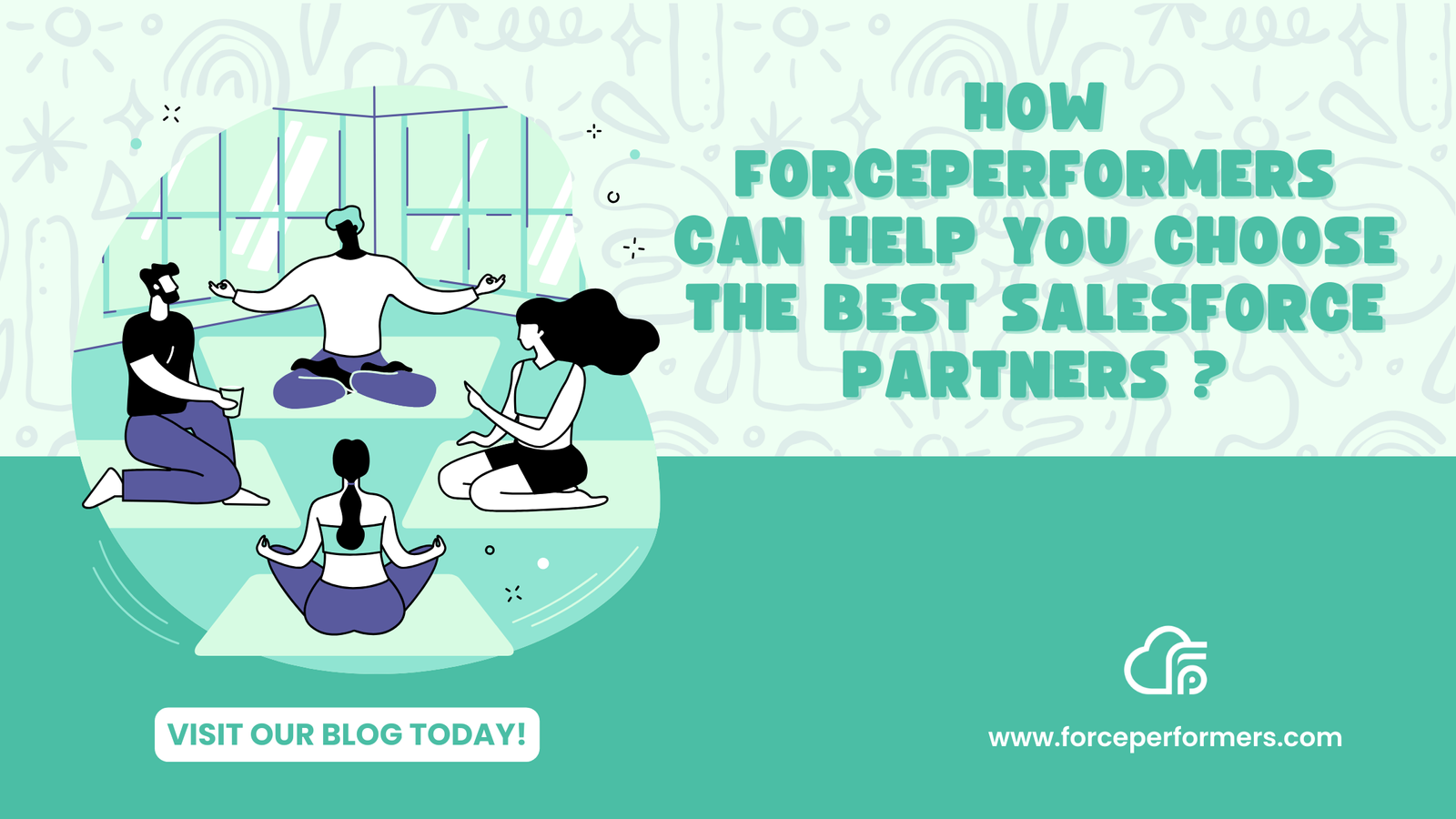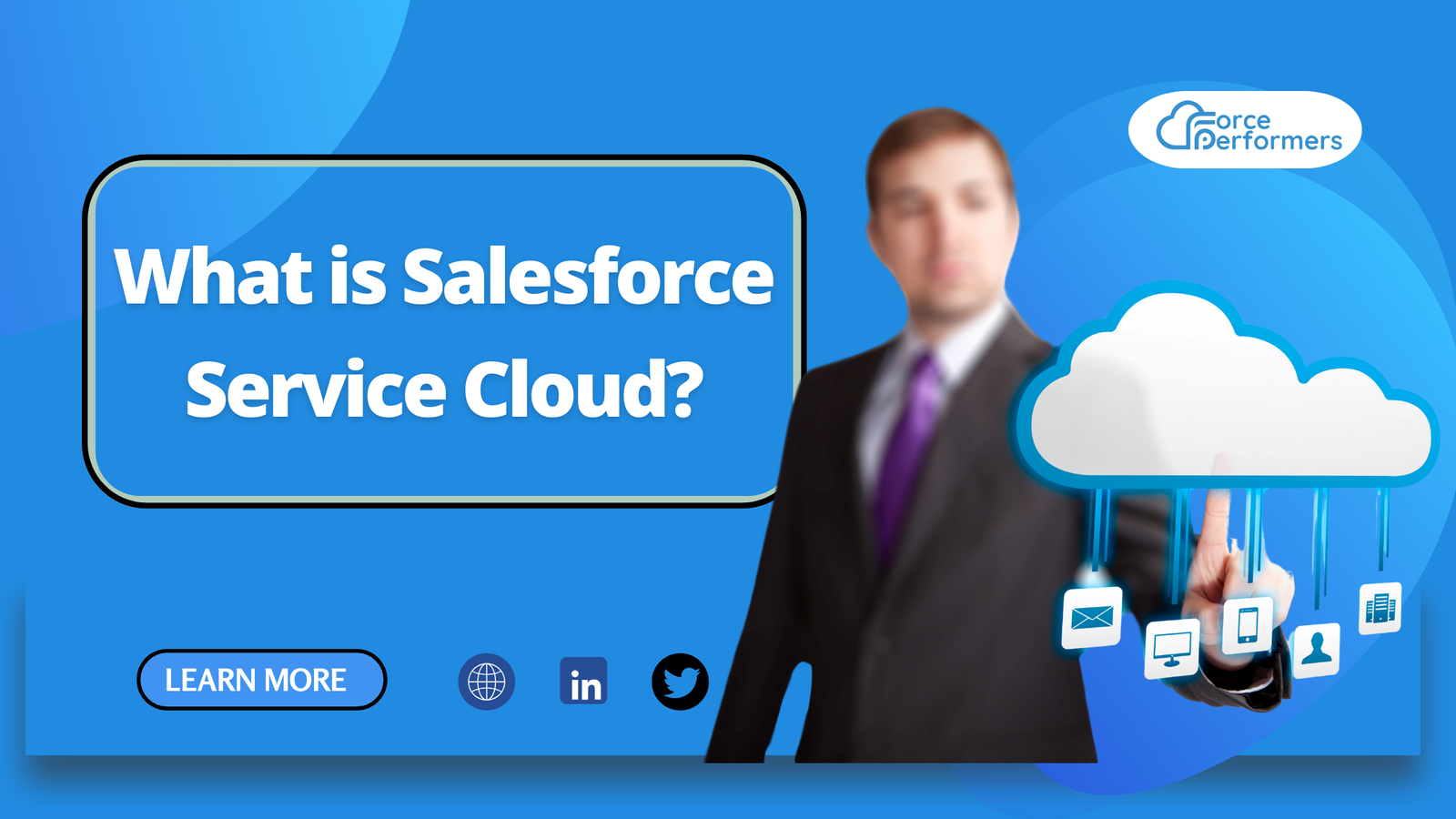10 Steps to a Successful Salesforce Implementation
Implementing Salesforce can transform business operations, improve customer relationships, and drive growth. However, a poorly planned implementation can lead to inefficiencies and missed opportunities. To ensure success, businesses must follow a structured approach. In this guide, we outline 10 essential steps for a successful Salesforce implementation that maximizes ROI.

Step 1: Define Business Objectives and Goals
Before starting Salesforce implementation, businesses must clearly define their goals. Ask yourself:
- What challenges are you trying to solve with Salesforce?
- What improvements do you expect in sales, customer service, or marketing?
- What metrics will define success?
Aligning Salesforce capabilities with business objectives ensures maximum value.
Step 2: Build a Skilled Implementation Team
A dedicated implementation team is crucial. This team should include:
- Project Manager – Oversees planning and execution.
- Salesforce Administrator – Handles configurations and customizations.
- Key Stakeholders – Representatives from sales, marketing, and customer support.
- IT Experts – Ensure seamless integration with existing systems.
Collaborating with a Salesforce consulting partner can further streamline the process.
Step 3: Choose the Right Salesforce Edition & Features
Salesforce offers various editions like Sales Cloud, Service Cloud, Marketing Cloud, and Commerce Cloud. Businesses must:
- Identify the right edition based on industry and requirements.
- Evaluate pricing and scalability options.
- Select necessary add-ons like AI-driven analytics (Einstein AI).
Choosing the right edition prevents overpaying for unnecessary features.
Step 4: Plan and Map Business Processes
Salesforce should align with your existing workflows. Businesses should:
- Document current processes (sales cycles, lead nurturing, customer service).
- Identify inefficiencies that Salesforce can improve.
- Customize Salesforce workflows, approvals, and automation.
Mapping processes before implementation reduces bottlenecks and enhances efficiency.
Step 5: Data Migration and Cleanup
Data is the backbone of Salesforce. To ensure a seamless transition:
- Clean Existing Data – Remove duplicates and outdated information.
- Use Migration Tools – Leverage Salesforce’s Data Loader or third-party tools.
Accurate data migration ensures better analytics and insights.
Step 6: Customization & Configuration
Salesforce is highly customizable. Businesses should:
- Customize fields, objects, and page layouts.
- Automate workflows using Process Builder & Flow.
- Enable role-based access for security.
Customizing Salesforce enhances usability and efficiency.
Step 7: Integrate Salesforce with Other Systems
Salesforce should seamlessly connect with other platforms, including:
- ERP systems – For financial and operational data sync.
- Marketing Automation Tools – Like HubSpot, Pardot, and Marketo.
- Third-Party Apps – Via Salesforce AppExchange.
Smooth integration enhances cross-department collaboration.
Step 8: User Training and Adoption
A successful implementation depends on user adoption. To ensure success:
- Provide role-based Salesforce training.
- Conduct interactive workshops and hands-on sessions.
- Encourage employees to explore Trailhead (Salesforce’s learning platform).
- Offer ongoing support and resources.
User adoption increases efficiency and reduces resistance to change.
Step 9: Testing & Quality Assurance
Before full deployment, thorough testing is crucial. Businesses should:
- Conduct unit testing to verify individual components.
- Perform user acceptance testing (UAT) with key stakeholders.
- Test system performance, security, and integrations.
Rigorous testing helps avoid post-implementation issues.
Step 10: Continuous Monitoring & Optimization
Salesforce implementation doesn’t end after deployment. Businesses must:
- Monitor performance metrics and user feedback.
- Regularly update configurations and workflows.
- Implement new features and security updates.
- Work with Salesforce consultants for periodic audits.
Ongoing optimization ensures long-term success.
Choosing the Right Salesforce Consulting Partner
A reliable Salesforce consulting partner can accelerate implementation success. Explore top Salesforce experts:
- Top Salesforce Consulting Partner Companies
- Top Salesforce Consulting Companies in Australia
- Top Salesforce Consulting Companies in UK
- Top Salesforce Consulting Companies in Canada
- Top Salesforce Consulting Companies in Europe
- Top Salesforce Consulting Companies in UAE
Conclusion
A successful Salesforce implementation requires strategic planning, collaboration, and ongoing optimization. By following these 10 steps, businesses can unlock Salesforce’s full potential, improve operational efficiency, and drive growth.
For expert Salesforce guidance, check out:
🚀 Ready to transform your business with Salesforce? Start your journey today!










